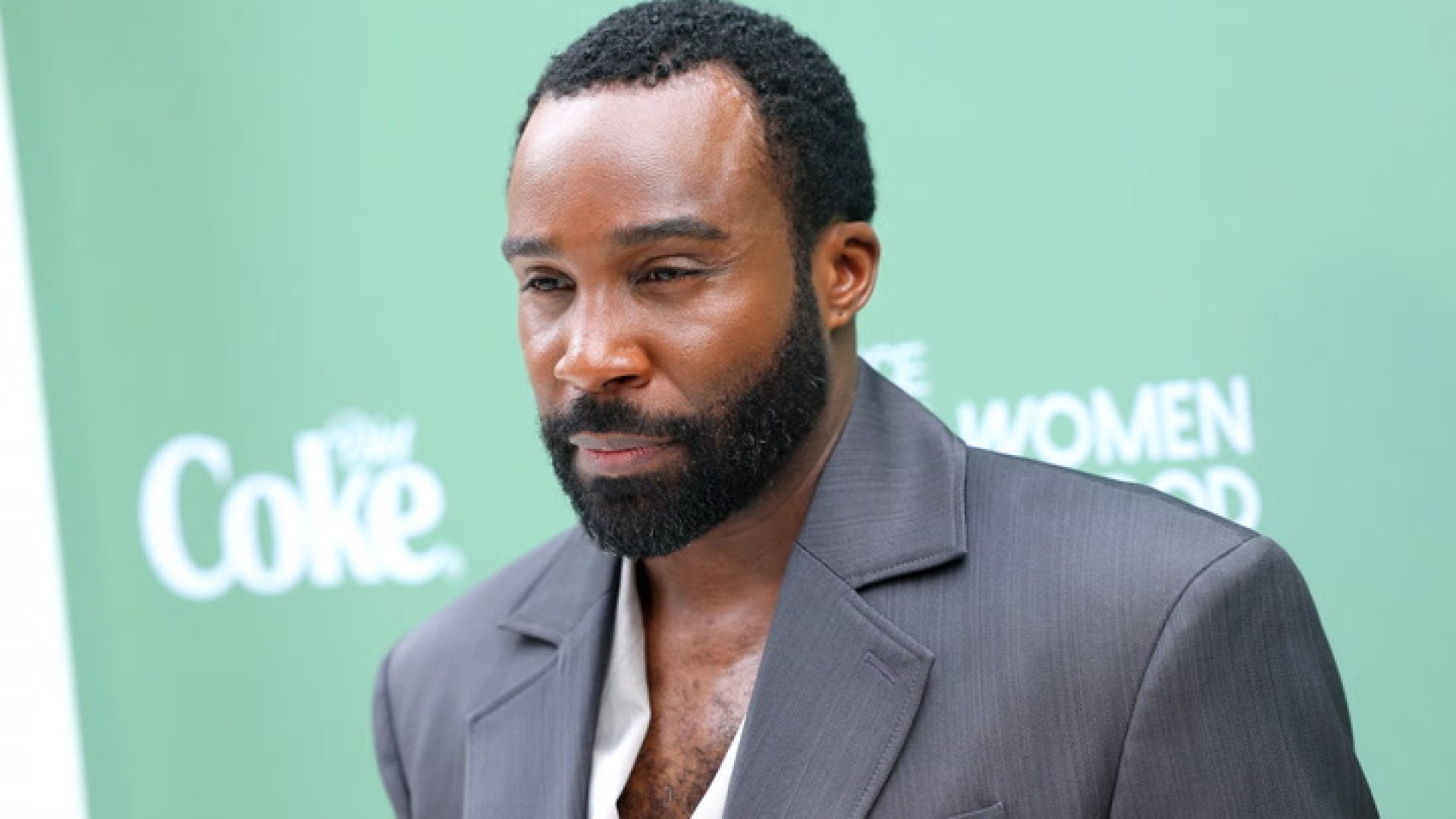This article originally appeared on Health.
Charlie Murphy, Eddie Murphy’s older brother, passed away on Wednesday after a battle with leukemia. His manager told TMZ that Murphy had been undergoing chemotherapy. The comedian was 57 years old.
We don’t know much about the leukemia that took Murphy’s life, but certainly much is known about this type of cancer that affects about 60,000 new people in the United States every year.
Leukemia, like most cancers, is not just one disease but many. There are four main types of leukemia, two chronic and two acute: chronic myeloid leukemia (CML), chronic lymphocytic leukemia (CLL), acute lymphocytic leukemia (ALL) and acute myeloid leukemia (AML). Each of those, in turn, has different subsets.
Although these four main leukemias are distinct diseases, they do have basic features in common. “Leukemia, in general, is a blood cancer, a disease where the bone marrow is filled with unhealthy cells which typically keep a body from making normal white blood cells,” says Ryan Mattison, MD, assistant professor of medicine at the University of Wisconsin School of Medicine and Public Health. White blood cells are the front line of the body’s immune system, which means that people with leukemia are prone to infections.
Subscribe to our daily newsletter for the latest in hair, beauty, style and celebrity news.
Acute leukemias can develop in months or weeks; while chronic leukemias develop over a period of months or years. “Some people can live for years without ever knowing they have one of the chronic leukemias,” says Dr. Mattison.
And some people can live for decades after diagnosis, depending on the type of leukemia. Life expectancies also depend on how well the drugs are working and past medical conditions. In general, leukemia is considered treatable and sometimes even curable, says Dr. Mattison.
The chronic leukemias have very effective treatments in the form of biologic therapies (such as Gleevec for CML), which are designed to stimulate the body’s immune system to target cancer cells. Certain leukemias require chemotherapy or bone marrow transplants, which can sometimes cure the disease. And some leukemias don’t need any treatment at all, at least while the patient has no symptoms. This is approach is known as watchful waiting.
Unlike solid tumor cancers, leukemia and other blood cancers (most lymphomas) cannot be treated with surgery, and radiation is used rarely in special circumstances, such as before a transplant, Dr. Mattison says.
Although some leukemias do target certain populations over others, the disease can strike any gender and any race at any age.








